Beneath the earth’s surface lies a hidden world of underground fortifications, each telling its own story of preparation, protection, and survival. These subterranean structures, built during times of conflict or Cold War tension, now offer visitors a unique glimpse into periods when the threat of attack loomed large. From military command centers to government fallout shelters, these facilities stand as a testament to humanity’s determination to survive under the most extreme circumstances.
Here is a list of 20 remarkable underground bunkers that welcome visitors today. While many such facilities remain classified, these decommissioned sites provide fascinating insights into how nations prepared for scenarios they hoped would never materialize.
Raven Rock Mountain Complex
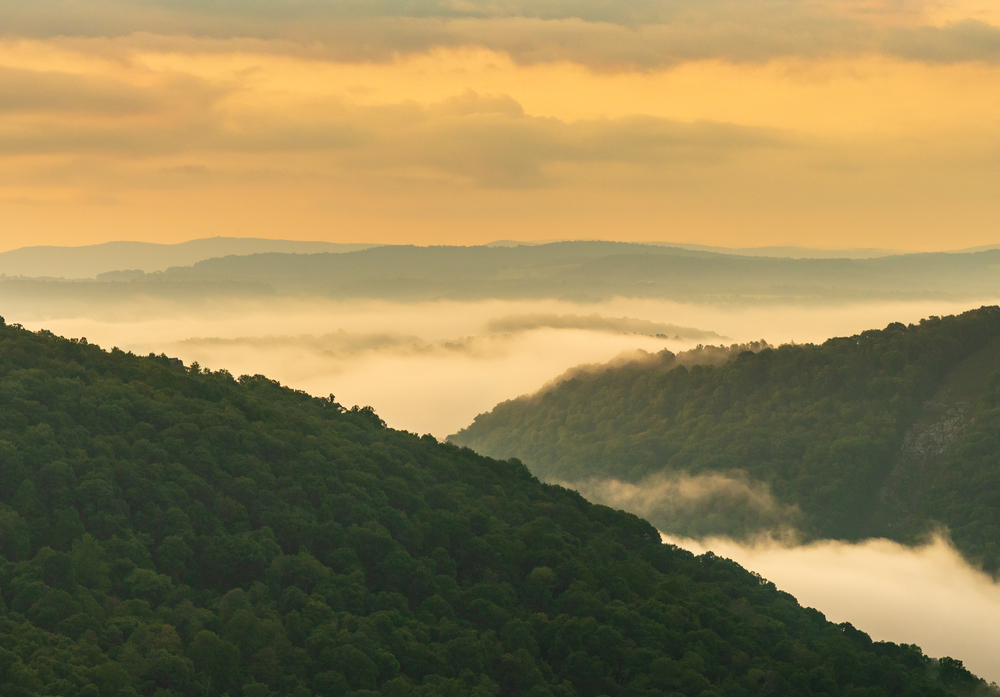
This formerly classified facility in Pennsylvania, nicknamed ‘Site R,’ served as an alternate Pentagon during the Cold War. The visitor center now offers guided tours of declassified areas, including the massive blast doors and original communications equipment.
The facility’s tunnel system extends deep into the mountain, with portions still used by the military remaining off-limits. The bunker could house thousands of personnel and contained everything needed to maintain government operations. The self-sustaining infrastructure included power generation, water purification, and air filtration systems.
Swiss Federal Council Bunker
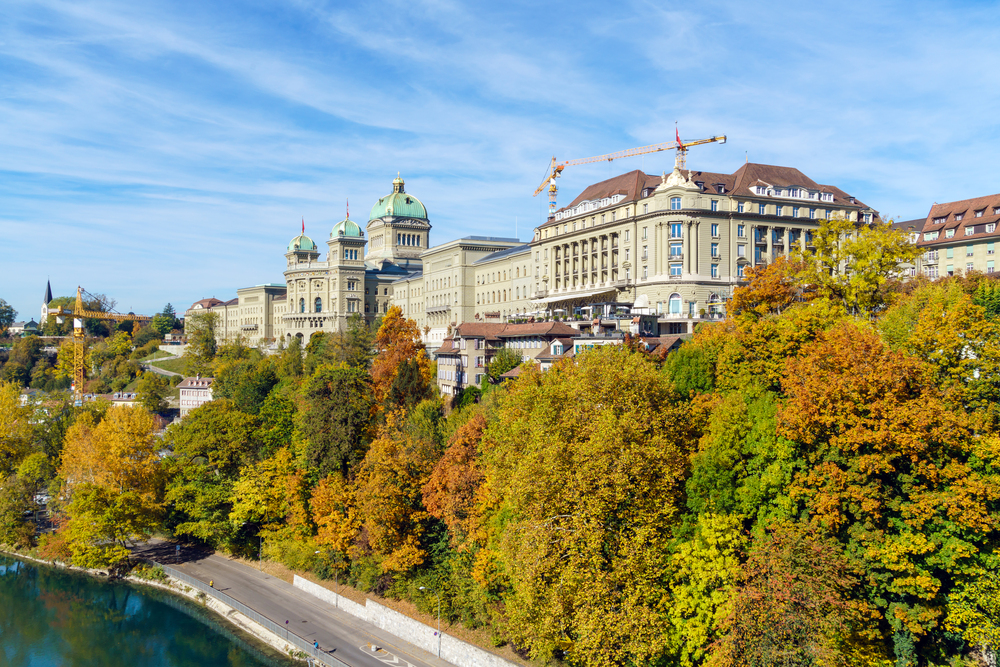
Hidden beneath a luxury hotel in the Swiss Alps, this massive Cold War shelter could accommodate the entire Swiss government. The four-story underground complex includes original dormitories, a fully equipped hospital, and a broadcasting studio.
Visitors can explore the command center where military leaders would have coordinated national defense. The bunker’s sophisticated air filtration system could protect occupants from nuclear, biological, and chemical attacks. The facility remained operational until 2004 before being decommissioned and opened for tours.
Like Travel Pug’s content? Follow us on MSN.
Burlington Bunker
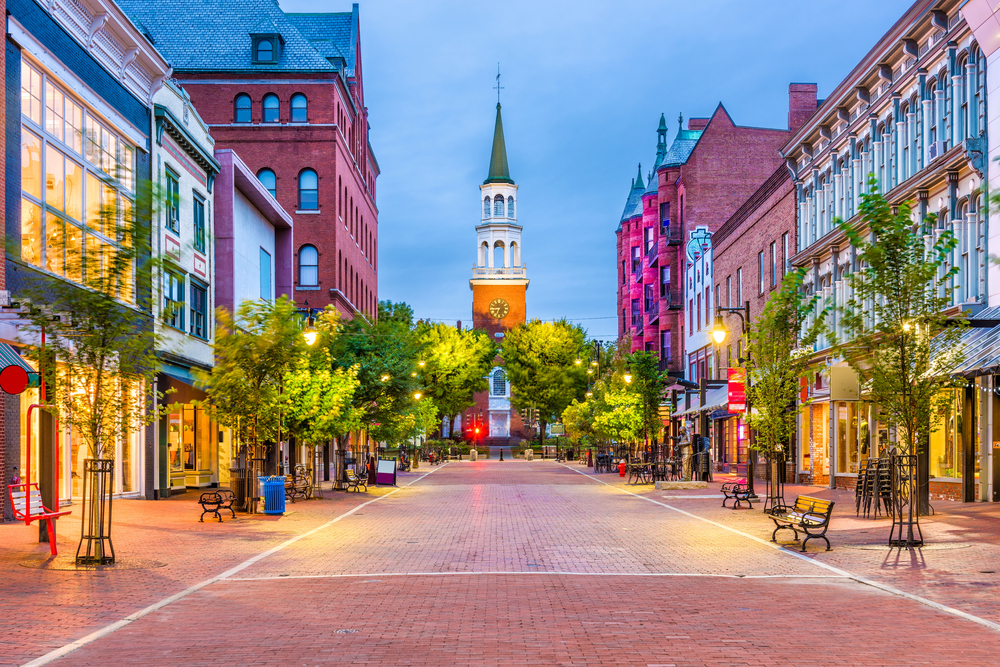
Buried beneath Corsham, England, this 35-acre underground city was designed to house key government officials during nuclear war. The facility features a complete underground railway system, an industrial kitchen capable of feeding thousands, and a hospital complex.
Original telecommunications equipment remains in place, showing how leaders would have maintained contact with the outside world. The massive air conditioning plant could filter radioactive particles while maintaining comfortable living conditions. The bunker’s existence remained classified until the late 1990s.
Diefenbunker
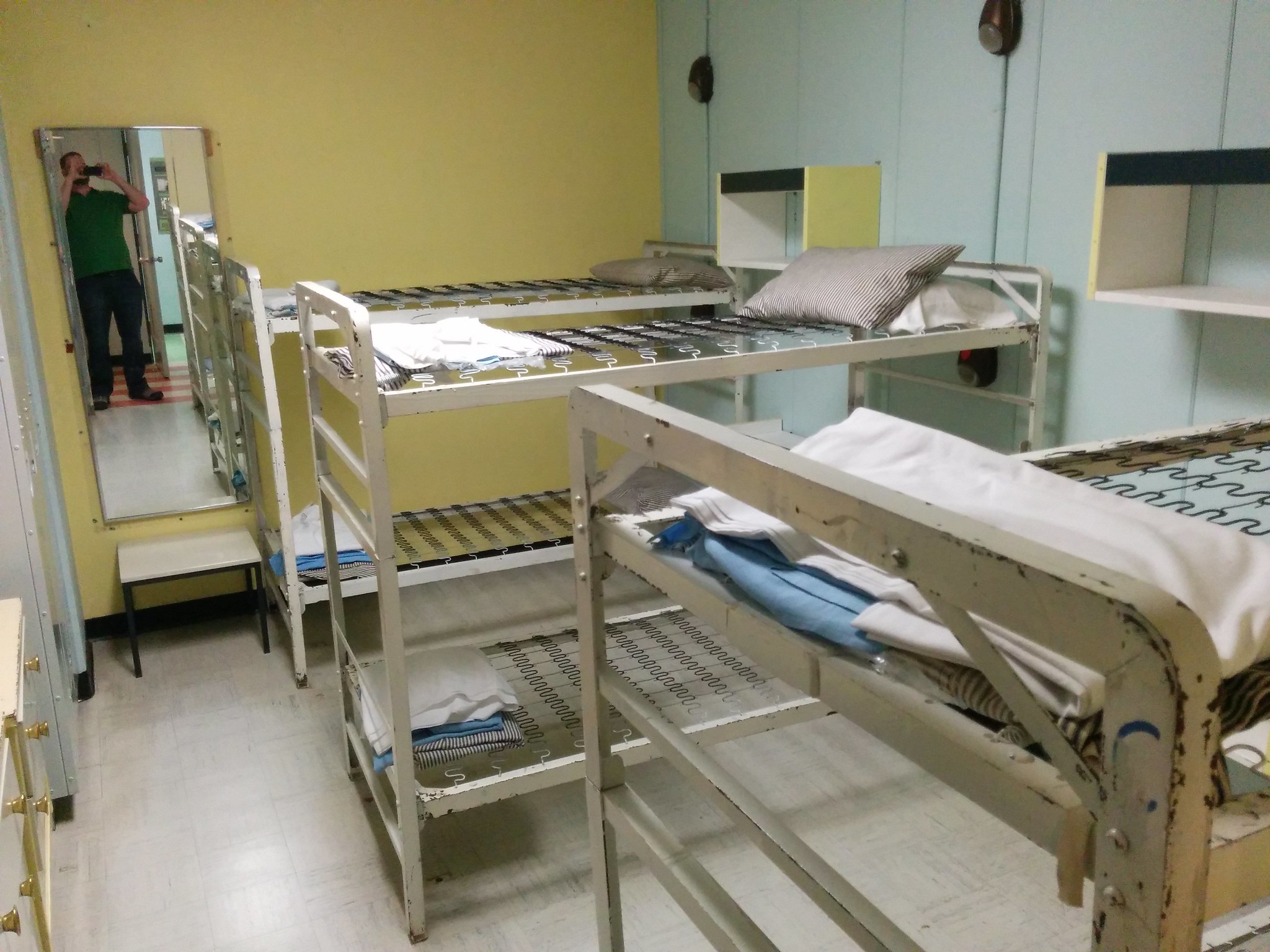
Canada’s central government bunker near Ottawa now serves as a Cold War museum. The four-level facility includes the Prime Minister’s suite, the War Cabinet room, and the Bank of Canada vault.
Visitors can explore the CBC emergency broadcasting studio and military communications center. The bunker’s massive blast doors each weigh 30 tons and could withstand a nuclear explosion. The facility’s design allows for complete self-sufficiency for up to one month.
Nuclear Bunker Honecker
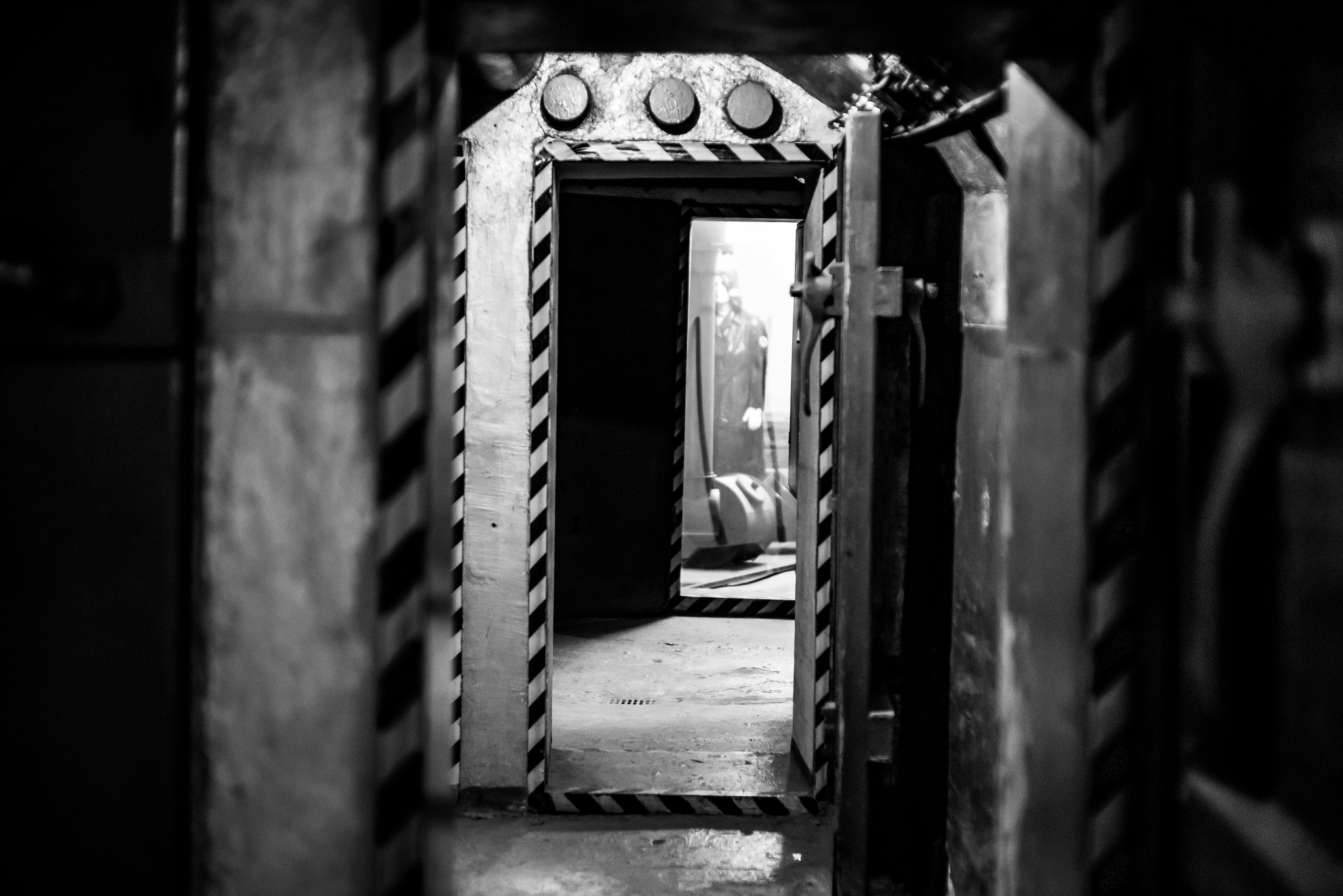
This East German government bunker near Berlin housed one of the most sophisticated command centers in the Eastern Bloc. The facility could support 400 personnel for several months, featuring dedicated areas for political leadership and military command.
The bunker’s original maps still show the planned deployment of Warsaw Pact forces. The communications center maintained direct links to Moscow and other allied capitals. The restoration process preserved authentic Cold War-era equipment and furnishings.
Like Travel Pug’s content? Follow us on MSN.
Sonnenberg Tunnel
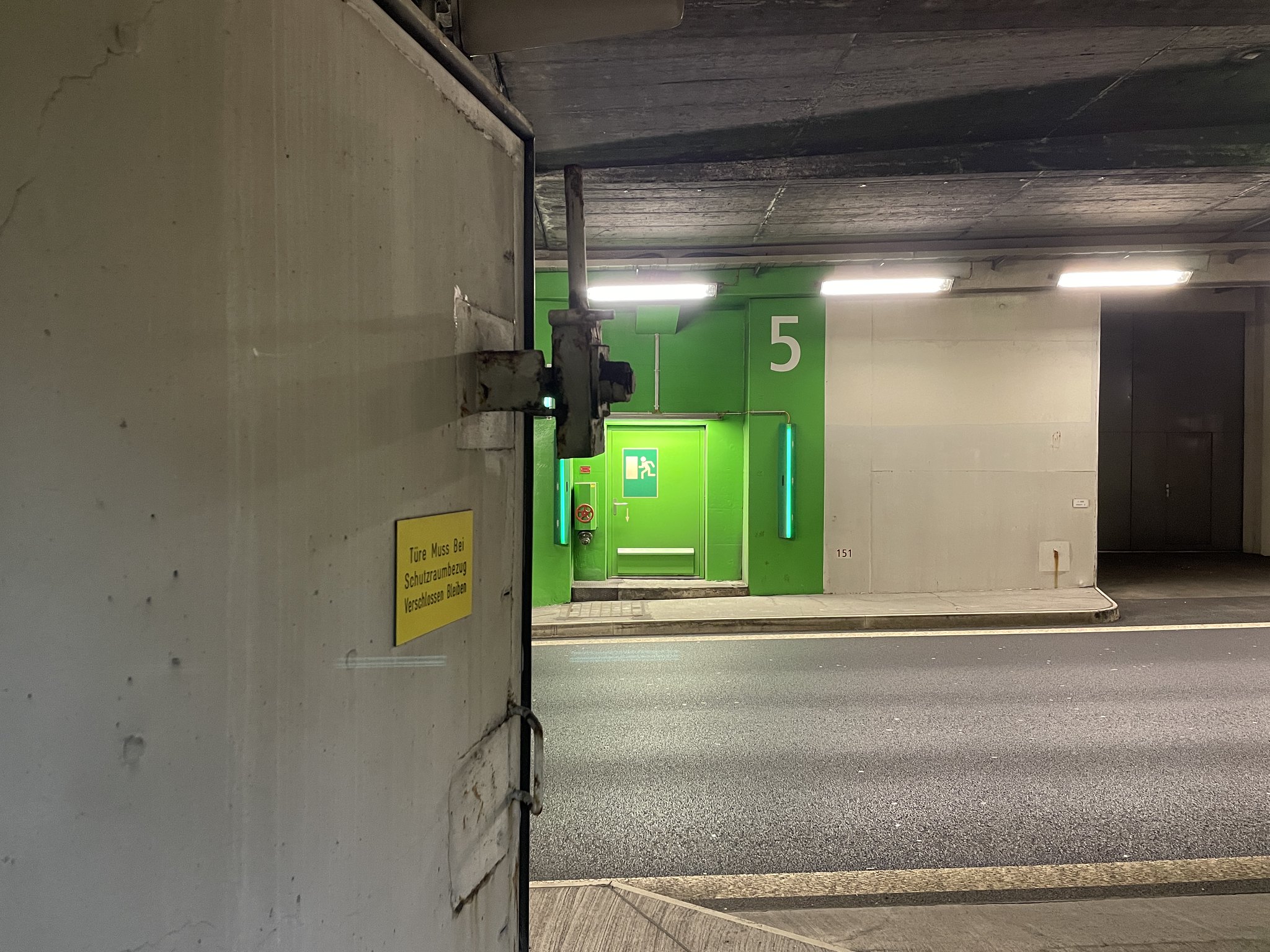
This Swiss civil defense shelter in Lucerne could protect 20,000 civilians in the event of a nuclear war. The facility features the original blast doors, decontamination showers, and sleeping quarters.
Guided tours demonstrate how the population would have survived underground. The massive ventilation system could filter radioactive particles while providing fresh air to all occupants. The shelter’s innovative design allowed it to be used as a highway tunnel during peacetime.
Bunk’Art
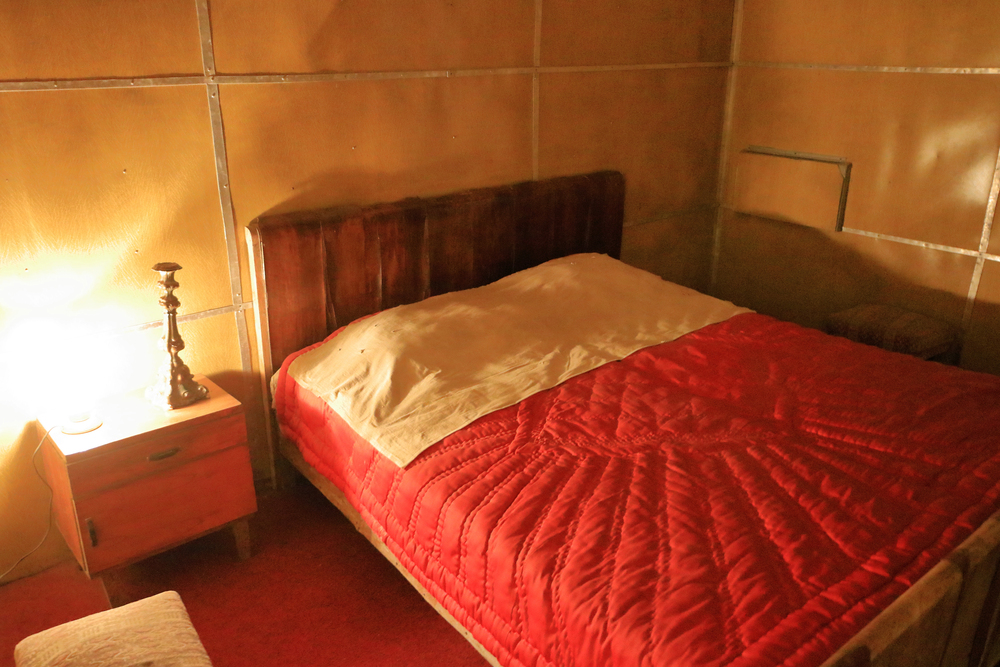
This massive Albanian bunker in Tirana served as the communist leadership’s emergency headquarters. The five-story underground complex includes over 100 rooms, including dictator Enver Hoxha’s suite.
The facility now houses a historical museum documenting Albania’s isolation during the Cold War. Original maps and communications equipment demonstrate how the regime planned to maintain control. The bunker’s concrete shell could withstand direct artillery hits.
Cheyenne Mountain Complex
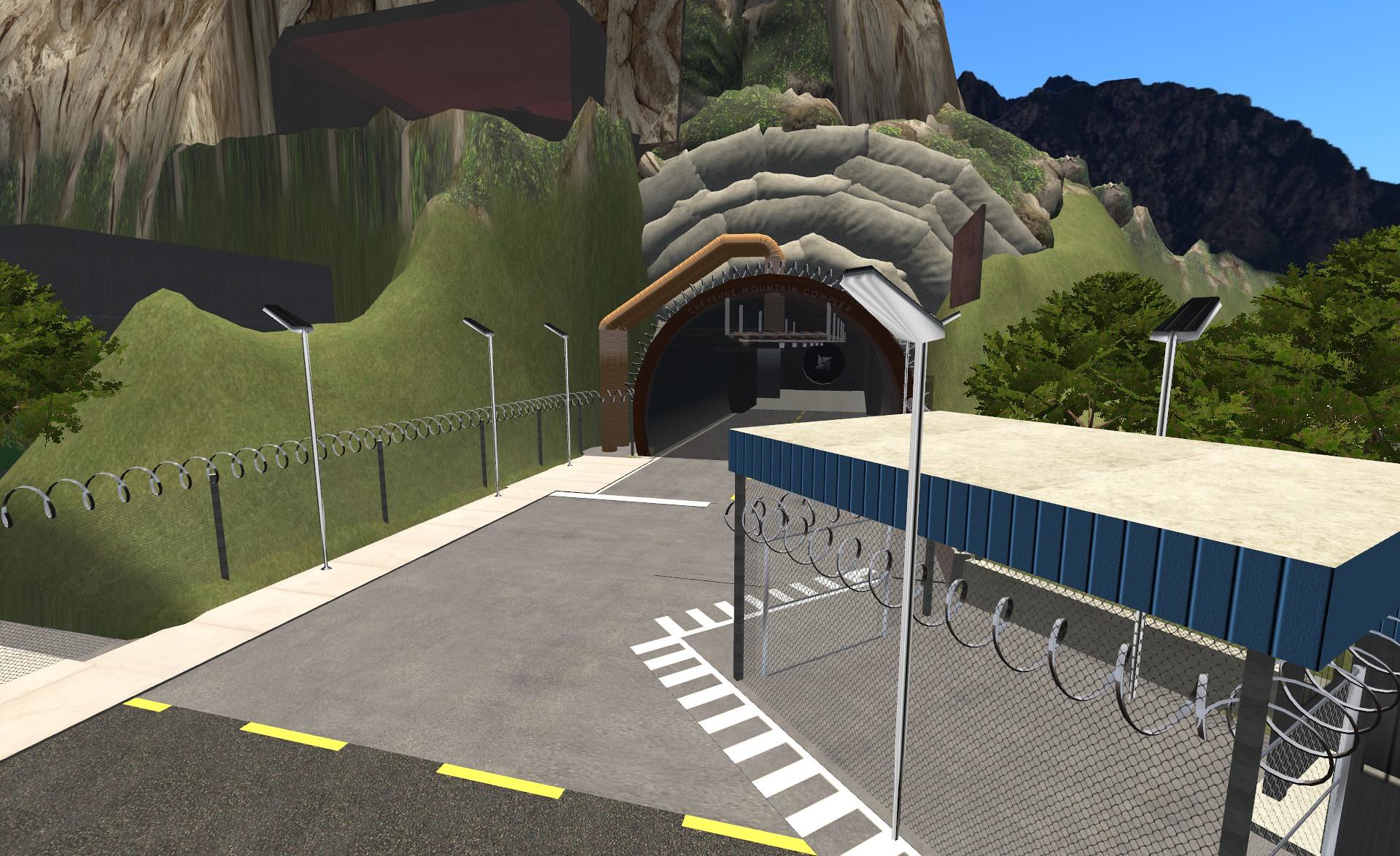
This iconic NORAD bunker in Colorado Springs allows limited public access to certain areas. Visitors can view the 25-ton blast doors and learn about the facility’s role in aerospace defense.
The bunker’s spring-mounted buildings could survive nuclear blasts and electromagnetic pulses. The complex draws water from an underground lake and generates its own power. The facility continues to serve as a backup command center while allowing educational tours.
Like Travel Pug’s content? Follow us on MSN.
Stalin’s Bunker

Located 65 feet beneath Moscow, this command bunker was built to protect Soviet leadership during World War II. The facility includes Stalin’s private office, which was preserved exactly as it was during wartime.
The conference room still contains the original table where crucial military decisions were made. Guided tours explain how the bunker operated as a secret command center. The facility’s existence remained classified until the 1990s.
Kelvedon Hatch
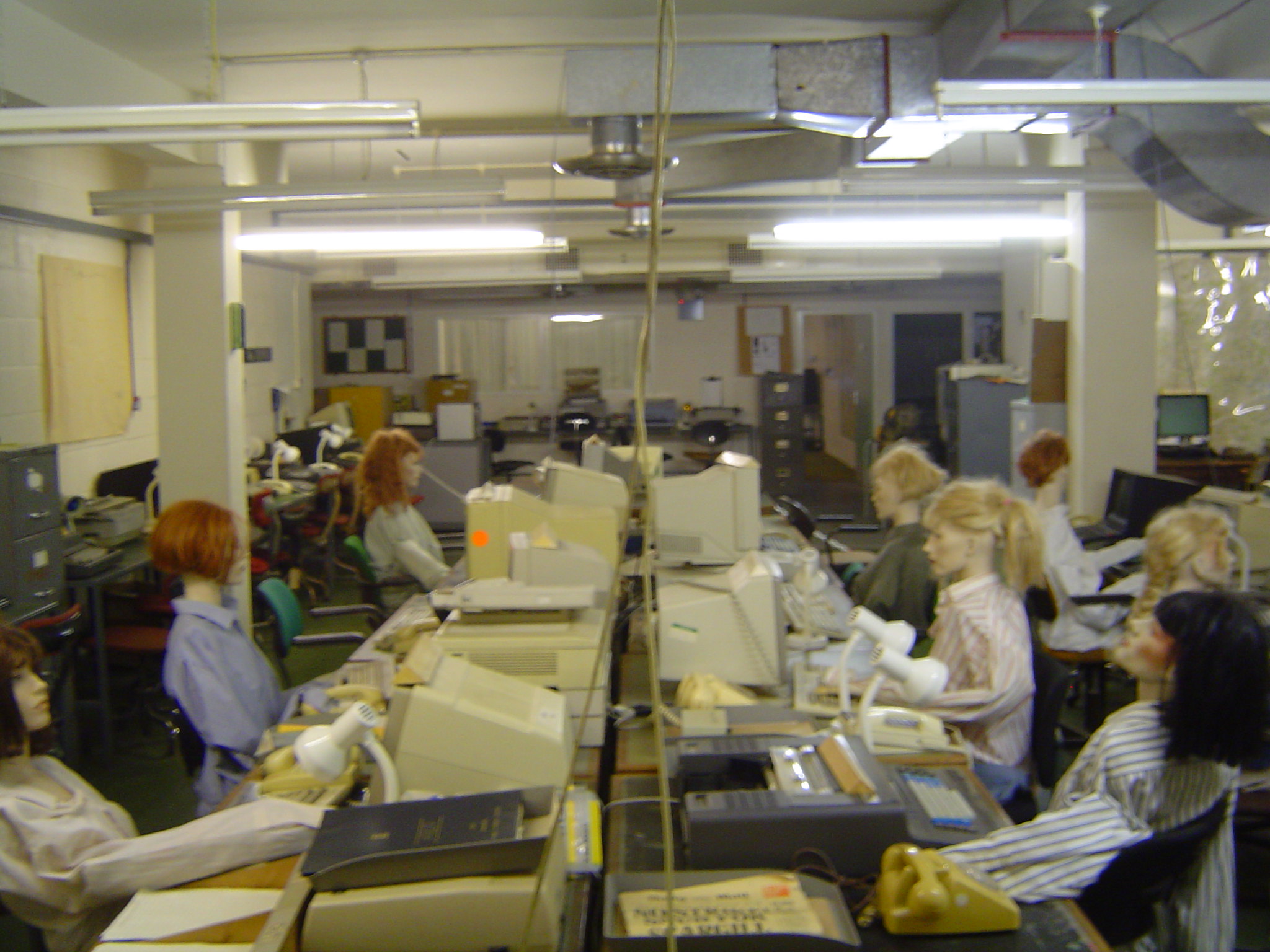
This British government bunker in Essex would have coordinated civil defense during a nuclear war. The three-level complex includes the original BBC studio intended for emergency broadcasts.
Visitors can explore the operations rooms where civil servants would have managed the crisis. The facility’s sophisticated air filtration system could protect against radioactive fallout. The bunker operated in complete secrecy from 1953 until its decommissioning in 1992.
Zeljava Air Base
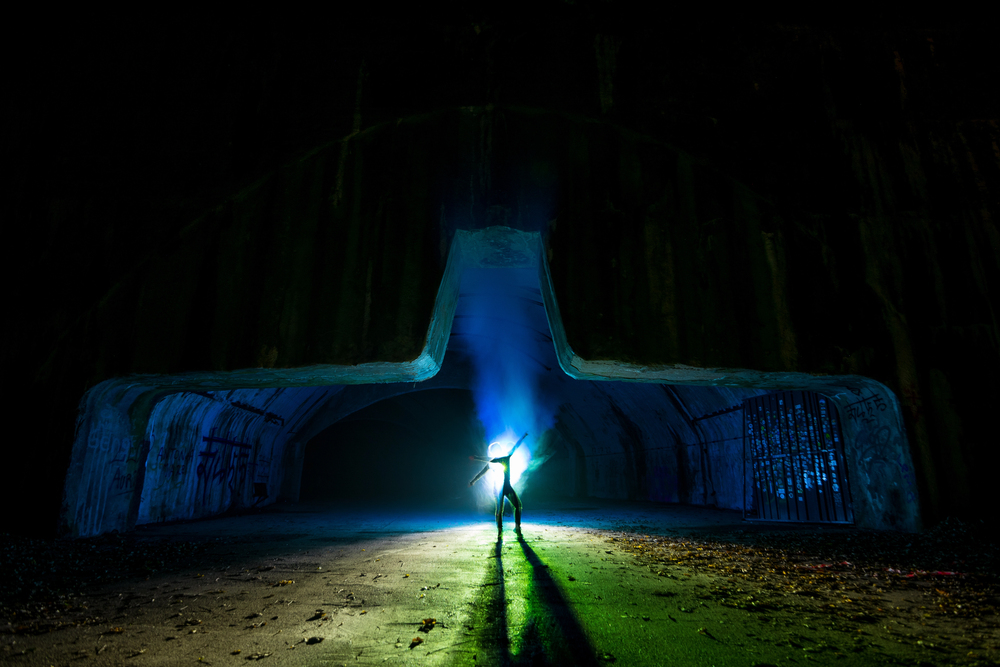
This underground air base beneath the Croatia-Bosnia border housed an entire fighter wing. The massive complex includes aircraft hangars, fuel storage, and living quarters carved into the mountain.
Visitors can explore the three miles of underground tunnels connecting different sections. The facility could operate independently for 30 days without outside support. The base’s concrete structure could withstand direct nuclear strikes.
Like Travel Pug’s content? Follow us on MSN.
Underground City of Beijing
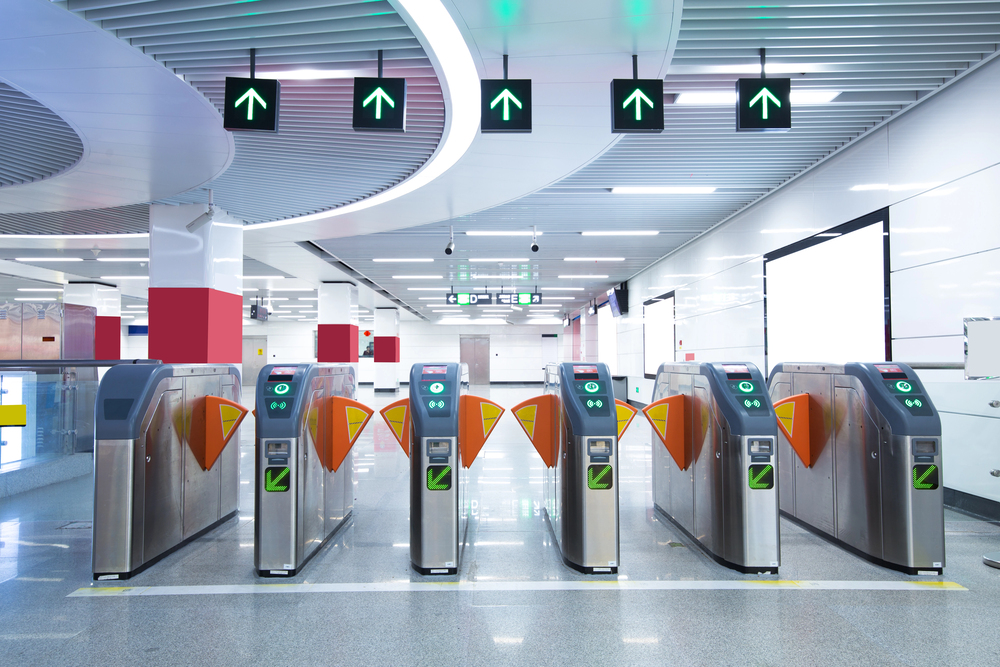
This vast tunnel complex beneath Beijing was built to shelter millions during a potential nuclear war. The facility includes schools, hospitals, and theaters meant to maintain civilian life underground.
Portions of the tunnel system now host museums documenting its construction and intended use. The complex features multiple air purification stations and water storage facilities. Guided tours explain how ordinary citizens would have survived in this subterranean city.
Bunker 42
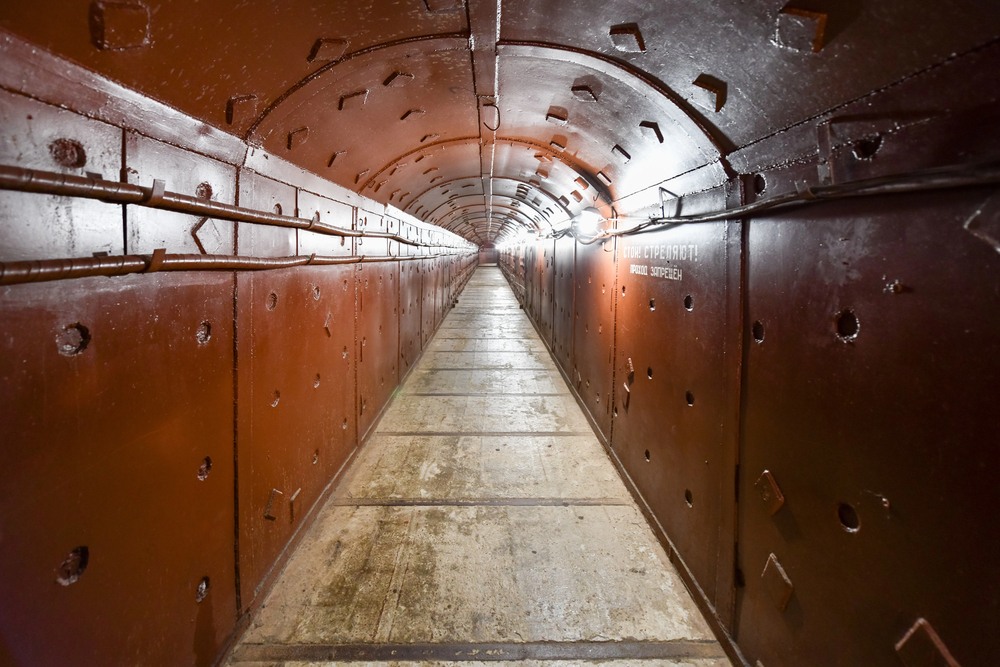
This Soviet command bunker in Moscow lies 65 meters beneath the city streets. The facility includes a museum documenting the Cuban Missile Crisis and Cold War tensions.
Visitors can operate original communications equipment and view atomic age artifacts. The bunker’s massive doors and walls could withstand direct nuclear strikes. The complex maintained direct communication links with other Soviet command centers.
Bunker Valentin
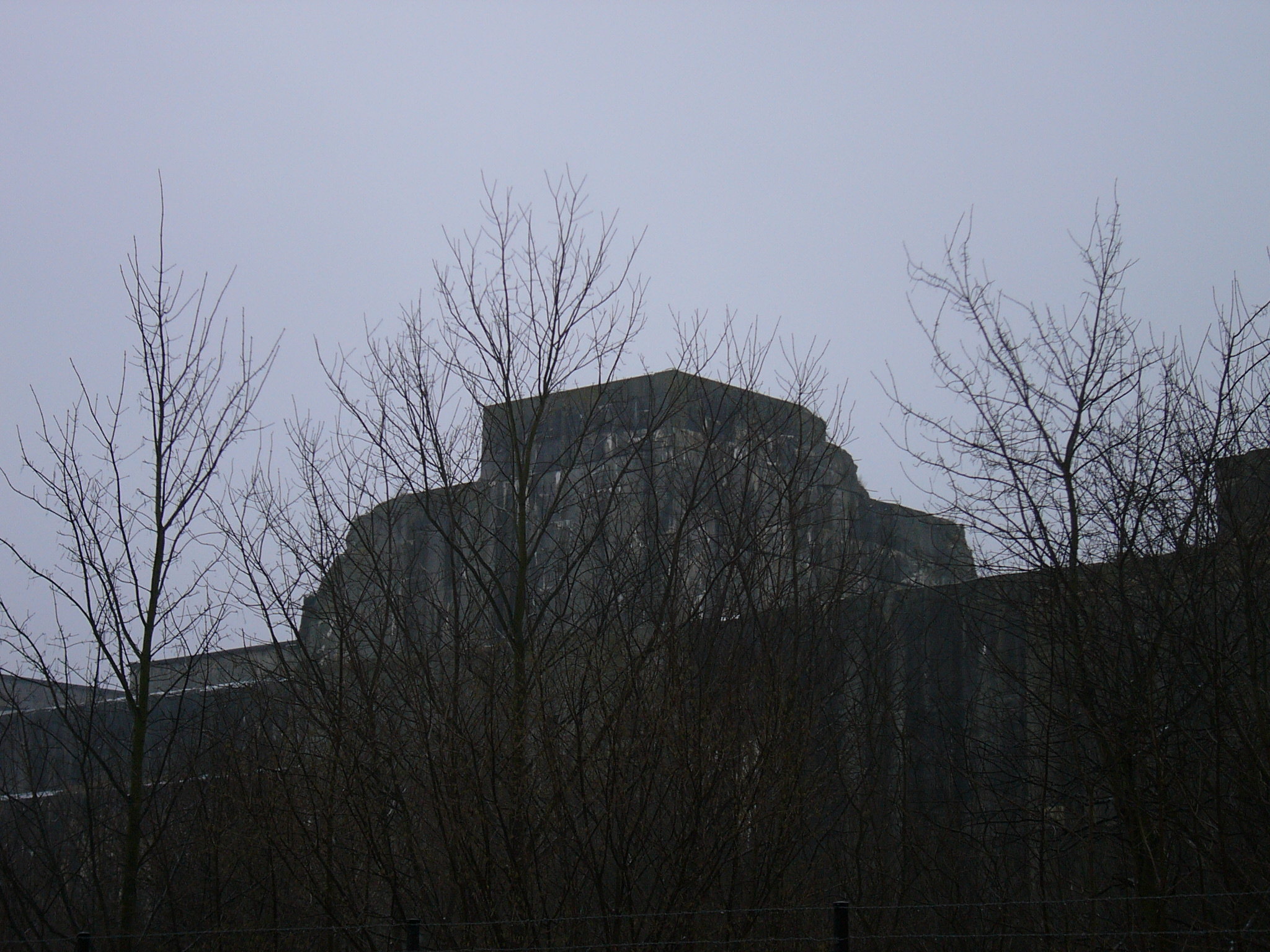
This massive German U-boat factory bunker near Bremen now serves as a historical memorial. The facility’s reinforced concrete roof measures 15 feet thick and could withstand Allied bombing.
Visitors can explore the submarine assembly areas and worker living quarters. The bunker required 10,000 forced laborers to complete its construction. The facility’s scale demonstrates the Third Reich’s industrial mobilization.
Like Travel Pug’s content? Follow us on MSN.
Missile Site Radar
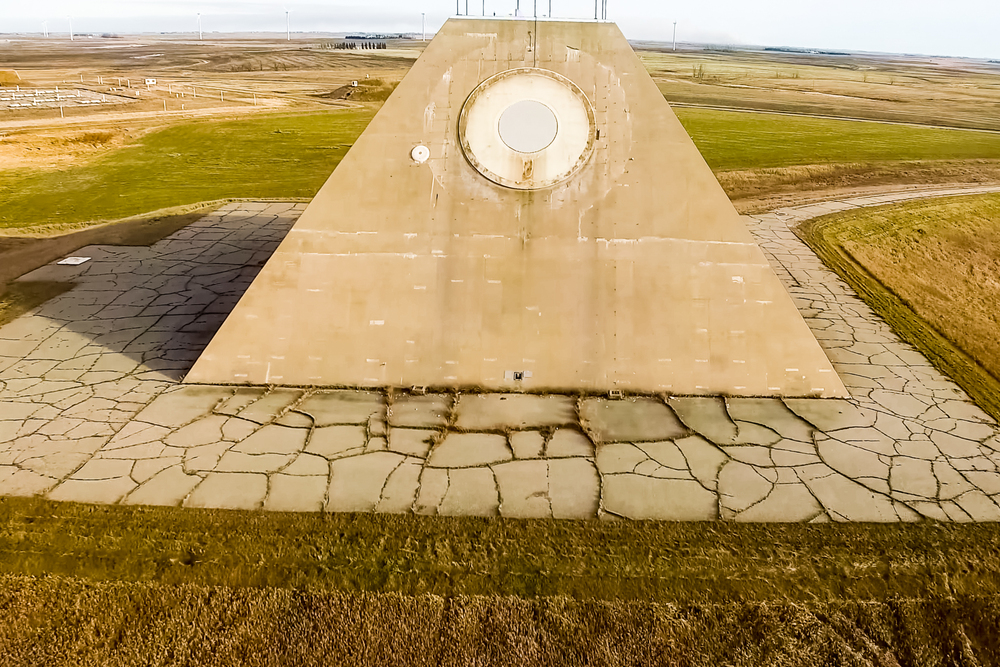
This North Dakota bunker controlled nuclear missiles during the height of the Cold War. The facility includes the original control consoles, where crews monitored Soviet activities.
Visitors can explore the living quarters where personnel served 24-hour alert duties. The bunker’s massive blast door weighs 90 tons and operates on a hydraulic system. The facility remained operational until the end of the Cold War.
Hospital in the Rock
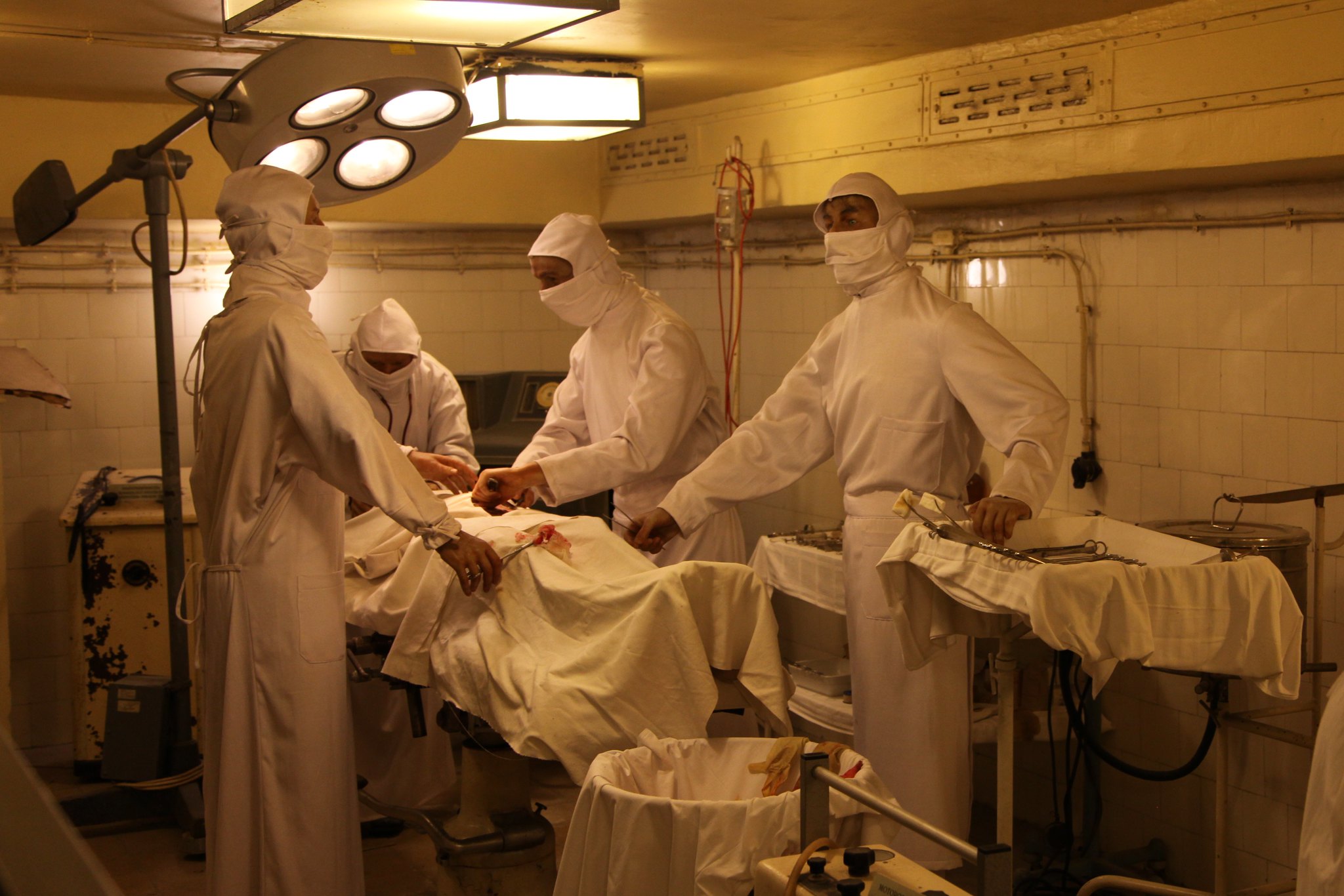
This underground hospital beneath Budapest’s Castle Hill served during World War II and the 1956 revolution. The facility includes original medical equipment and an authentic nuclear shelter section.
Wax figures demonstrate how medical staff treated patients during crisis periods. The hospital maintained its own water supply and power generation capability. The complex could operate independently for several weeks if necessary.
Hack Green Secret Nuclear Bunker
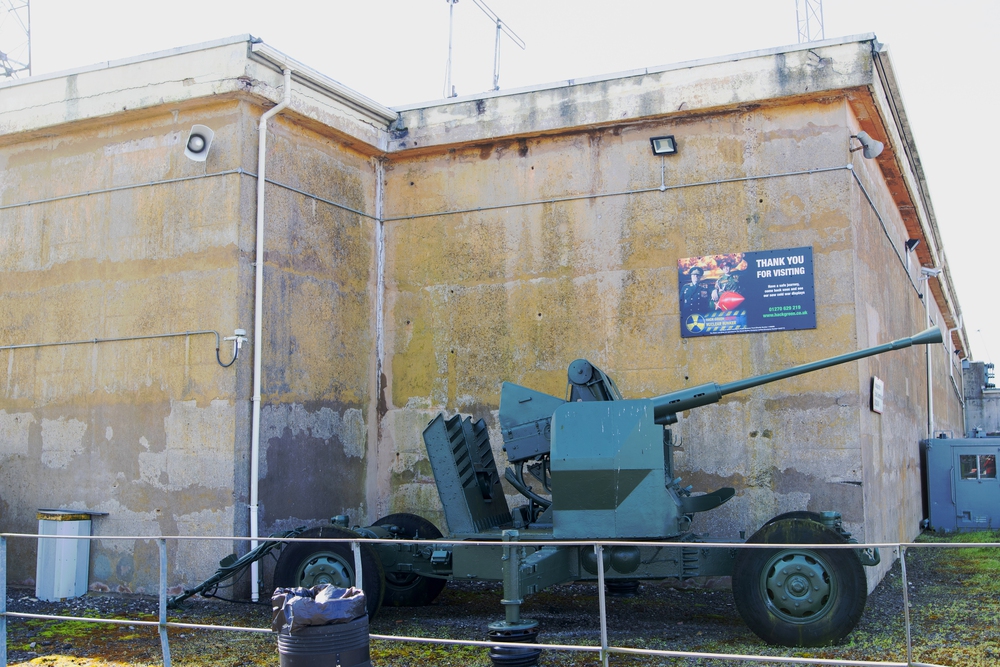
This British government bunker in Cheshire would have coordinated regional response to nuclear attack. The facility includes the original decontamination chambers and dormitories for essential personnel.
Visitors can explore the command center where officials would have managed crisis operations. The bunker’s sophisticated communications system maintained links with other government facilities. The complex remained operational until 1993.
Like Travel Pug’s content? Follow us on MSN.
Metropolitan Area Air Command Center
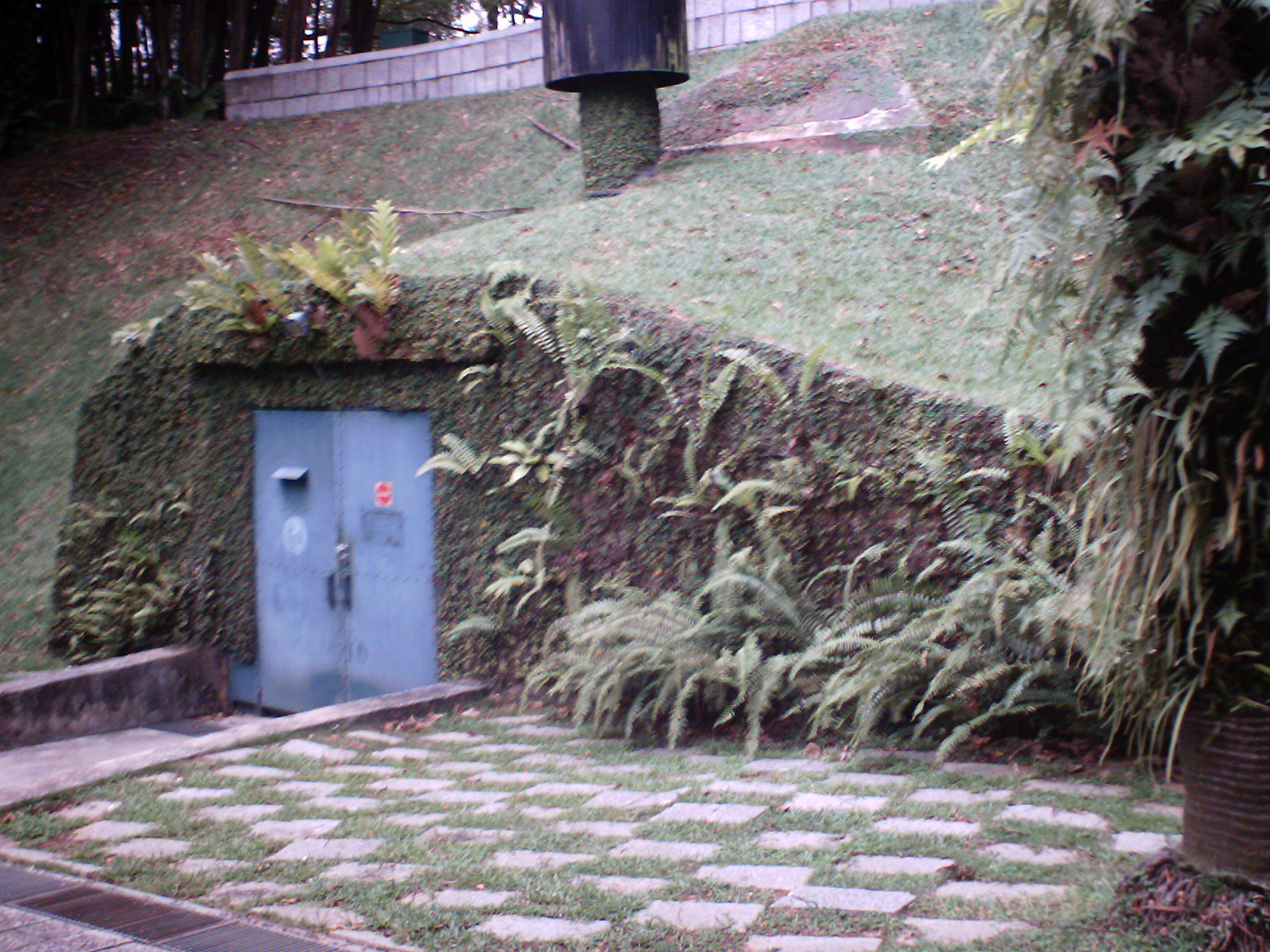
This Japanese bunker near Tokyo coordinated air defense during World War II. The facility includes the original command center where officers directed fighter operations.
Visitors can explore the communications room containing period equipment. The bunker’s construction used specialized techniques to withstand bombardment. The facility remained classified until the 1990s.
Titan Missile Museum
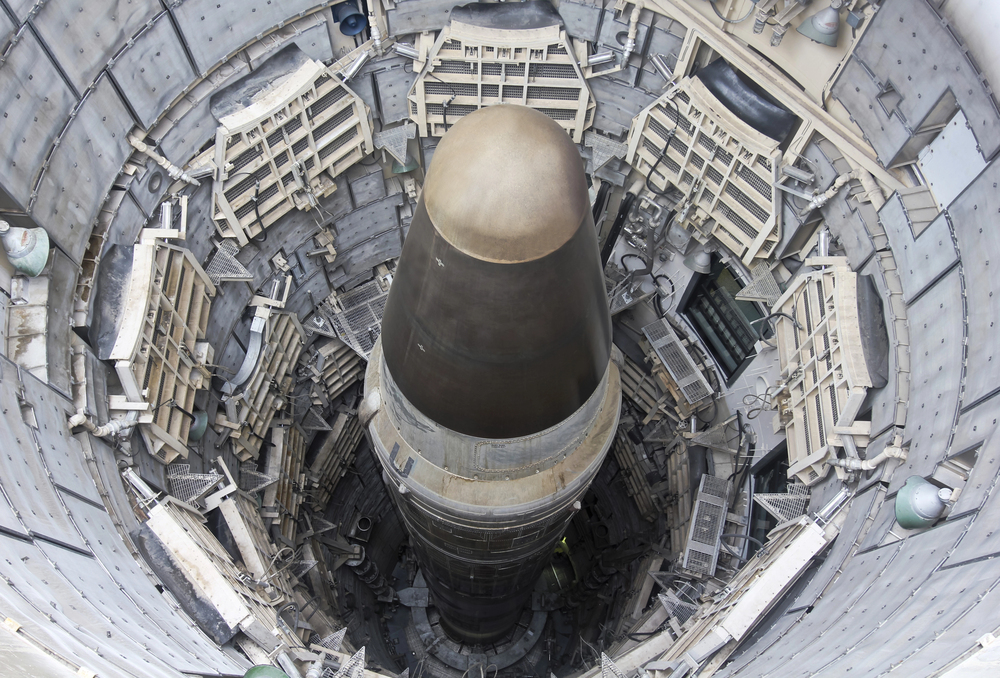
This deactivated missile silo in Arizona housed intercontinental ballistic missiles during the Cold War. The facility includes the original launch control center and crew quarters.
Visitors can view the massive missile silo and learn about nuclear deterrence strategy. The complex required constant maintenance to maintain launch readiness. The facility represents the only publicly accessible Titan II missile site.
Prague Nuclear Bunker
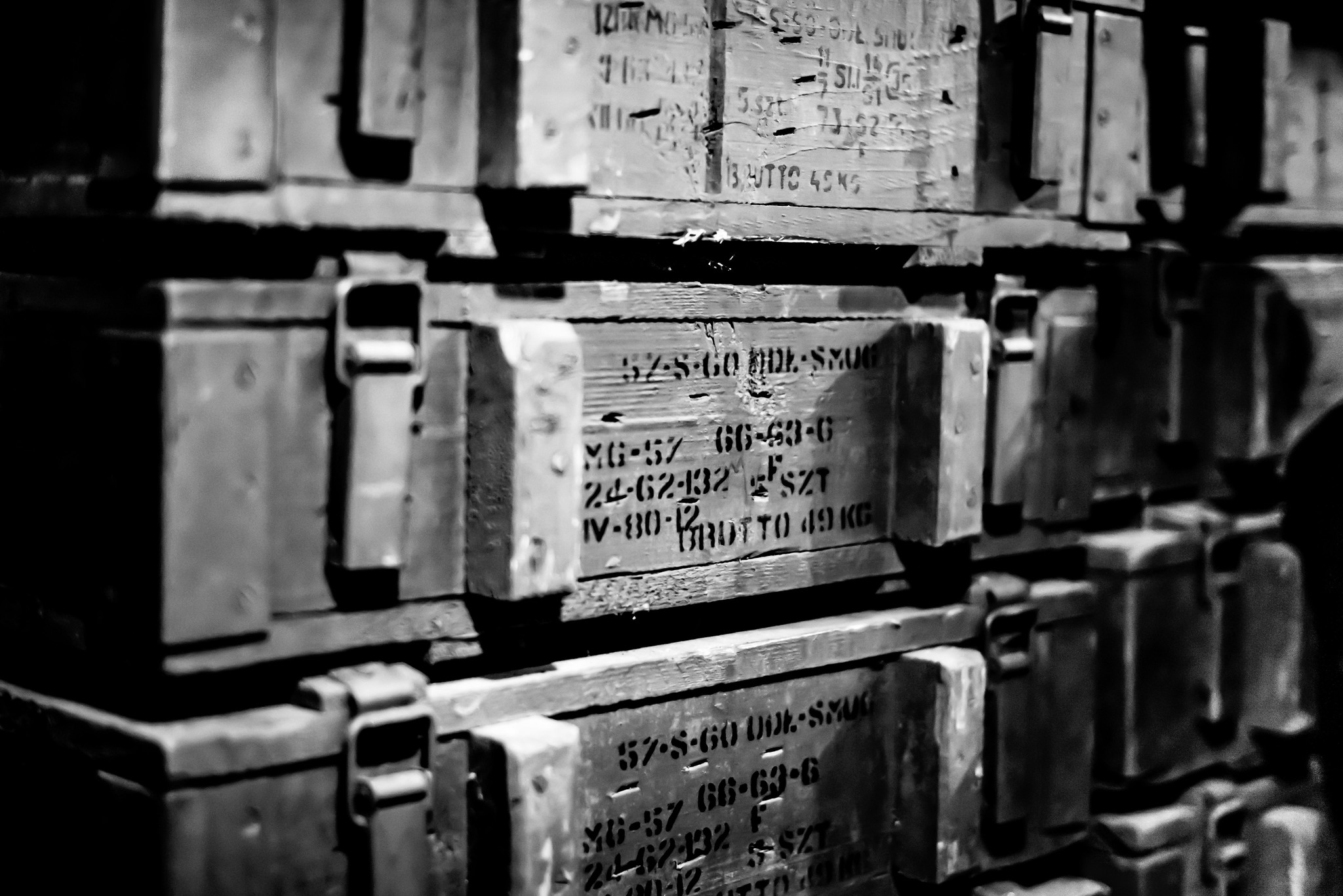
This civil defense shelter beneath the Czech capital could protect thousands of civilians. The facility includes original filtration equipment and emergency supplies dating to the 1950s.
Visitors can explore the command center where officials would have managed crisis operations. The bunker’s massive diesel generators could power essential systems indefinitely. The complex maintained direct communication links with military authorities.
Like Travel Pug’s content? Follow us on MSN.
Preserving Cold War Heritage
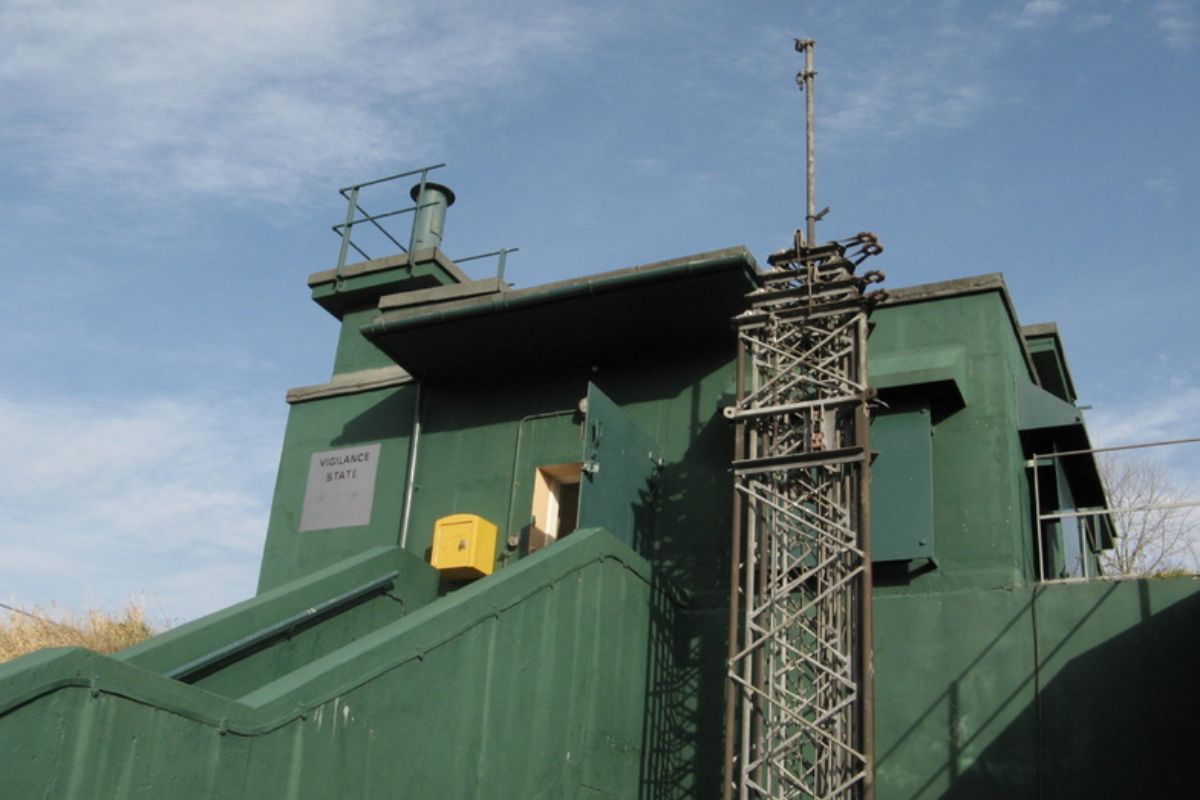
These underground facilities serve as more than tourist attractions – they provide crucial insights into how nations prepared for conflicts they hoped to avoid. Their preservation ensures future generations can understand the realities of Cold War tensions and nuclear deterrence.
While modern threats may take different forms, these bunkers remind us of humanity’s capacity to survive and adapt in the face of existential challenges.
More from Travel Pug

- 20 Towns Built for One Purpose That Were Later Abandoned
- 15 Hidden Spots in Disney World’s Magic Kingdom Most Visitors Miss
- 20 Photos of the World’s Most Beautiful Glacial Lakes
- 15 Canyons in the U.S. That Are Just as Stunning as the Grand Canyon
- 10 Under-the-Radar Mountain Towns That Are Both Affordable and Beautiful
Like Travel Pug’s content? Follow us on MSN.
